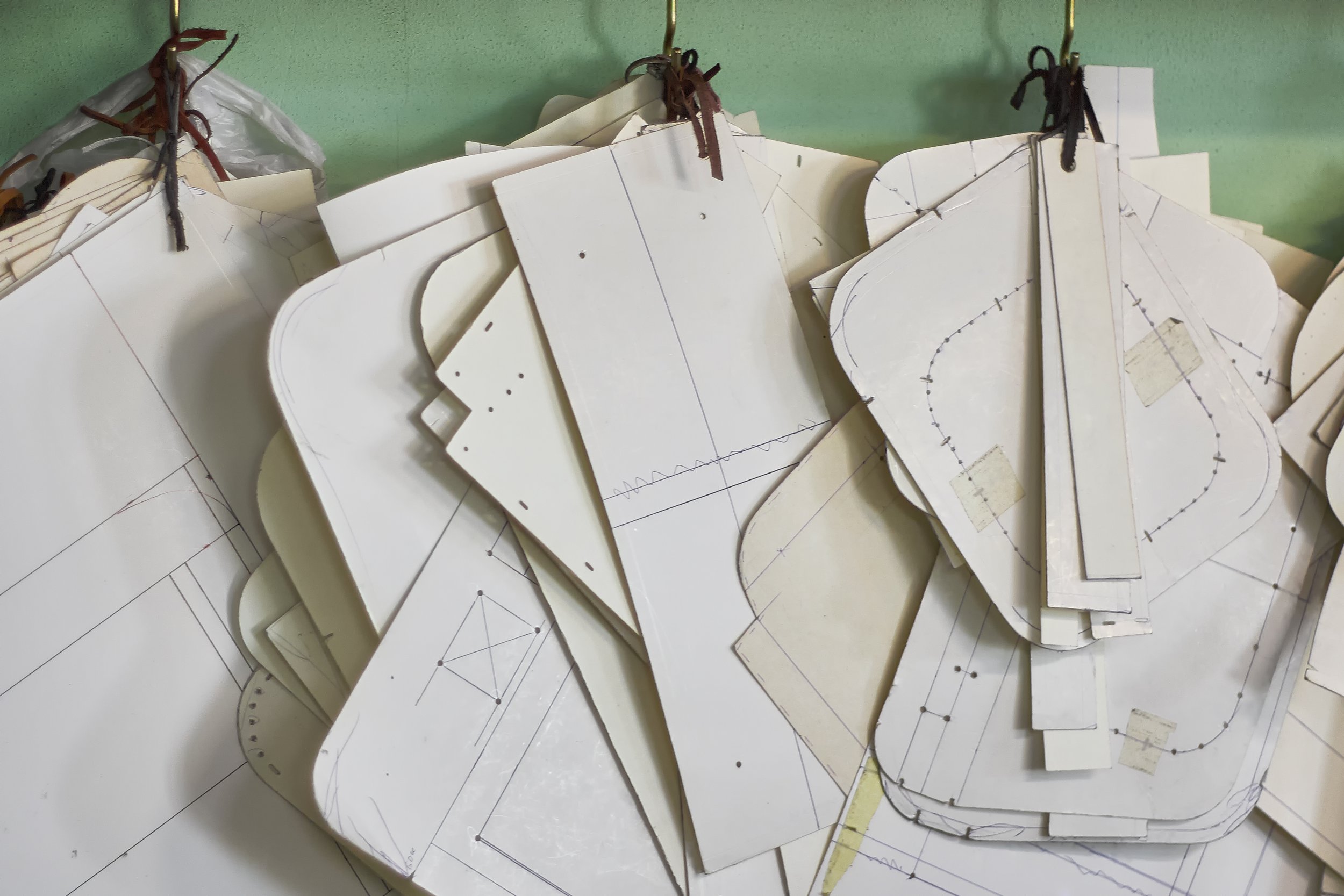Preparing Your Patterns for Grading
Passing off your pattern for grading to a service provider is a big deal. Maybe you’ve been doing all your pattern grading by hand so you are ok with it being a little rough around the edges. But eventually the day will come where your brand is growing to the point where you can’t do the grading yourself and/or you need the accuracy of digital grading that only a professional can provide.
I get a lot of email inquiries about getting started and I know most designers want to put their best work forward when passing it off to be professionally graded, and perhaps you can feel a bit self-conscious about what you are sending. Your worries are over! Here is my definitive guide as to what I need when grading a pattern.
Double check your pattern
Make sure that everything will sew together. Some graders will just just take whatever is handed to them and apply a grade rule. My grading service is a little more unique because I ask questions. If something doesn’t seem right from the get go or if I have a question I will ask.
Double checking your pattern accuracy is part of my service because it is really important to have another set of eyes taking a look. You don’t want to have your manufacturer finding a problem after everything is cut.
That said, I don’t want to sort out major discrepancies. An 1/8” here or there is nothing and I’m going to fine tune those 1/16” for you for no additional cost. However, if you have a seam that is 1” off from where it should be this could potentially be a big change. Yes, I can sort this all out for you but at a certain point I have to take a look and see how much additional work is needed and then I may have to charge you a patternmaking fee. Also, I don’t always like having to make the call on creating a new shape if something doesn’t align. You may not like what I do.
Label what size it is
This should be a no brainer, but there are always a lot of projects in work, and sometimes I forget/can’t find in the email where you told me what size it is. It’s good to have the information on your pattern.
What are your seam allowance widths?
I like to grade based on the sew lines, not the external edge. Some may disagree with this practice, but I feel that this gives me more accuracy than working on the edges because I check that all seams match once it’s graded. This is especially true when working on concave curves that sew into convex curves- like sleeve caps into armholes. I can only check that the grade is correct, but not the actual lengths that are sewn together.
Seam allowance can be indicated by a notch or noted by lines. It doesn’t even have to be complete around the pattern. A note would suffice as well.
Grain lines
Please include the grain lines on your pieces. Most of the time it’s pretty self explanatory, but once again, I don’t want to have to make the call and accept the responsibility.
Notches
I am a notch minimalist. Every notch should serve a purpose. However, don’t be skimpy either. When I grade a pattern, notches tell me where things should go and what seams intersect.
For asymmetrical garments or wrap styles
Please include lines or notches that indicate center front, center back and side seams, if it is not clear. Grading is based on these points so it’s super important to establish these anchor points.
Acceptable forms of hard copy patterns
If you are sending something to be digitized don’t stress over what kind of paper to use. Oak tag may look professional, but honestly it’s the least convenient to work with, hard to mail and hard to straighten out. Dotted paper, plain white paper, even fabric are ok. The main point is that the proper indications are present. You could even send a muslin. Things that fold easily in the mail are much more cost effective as well.
Acceptable forms of digital patterns
I can easily work from DXF files, but the main file format I receive is Adobe Illustrator and it is super easy for me to import these file and understand all the information in your files. However, before I start a project I have to format your file on my end to make sure my software reads it properly. A good file will:
-Not have layers (unless you want to include a text layer for me to review notes and I can delete it)
-All shapes are ungrouped
-All shapes are closed. This means that if I were to click on a pattern piece, the line chosen would not be independent of the rest of the shape.
**A sidenote about grading costs- on digital patterns I do charge for the base pattern size because once imported I have to do a little bit of cleanup (sometimes a lot) to put all relevant information back in place such as notches and piece names.
Miscellaneous
A sketch or picture of the garment can be useful as well, especially if it is an unconventional shape
I don’t always need a cutters must. If you don’t know what this is or don’t have one, don’t stress.
If you’ve been holding back on having someone grade your pattern because you think it’s not professional enough, don’t worry. As long as you have all of the above covered you will be good.

